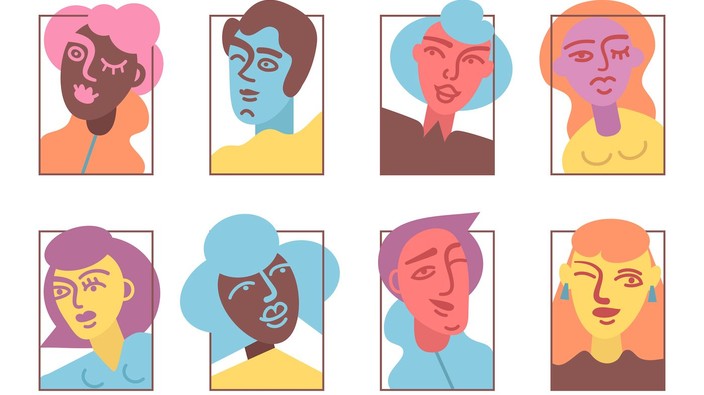opinion: rushing quebec’s bill 2 risks leaving many voices unheard
the controversial bill introduces new (and highly criticized) rules regarding trans and non-binary individuals’ rights to modify their sex designations and gender markers on identity documents.
lgbtq cancer care: 'we need clinicians to understand tribe'
transgender people in general reported more difficulty in accessing affirming care
not believing in evolution is linked to racism, bigotry
a study of people in 45 countries found that those who disagreed with charles darwin's theory of evolution were more likely to be prejudiced and support discrimination.
 5 minute read
5 minute read









